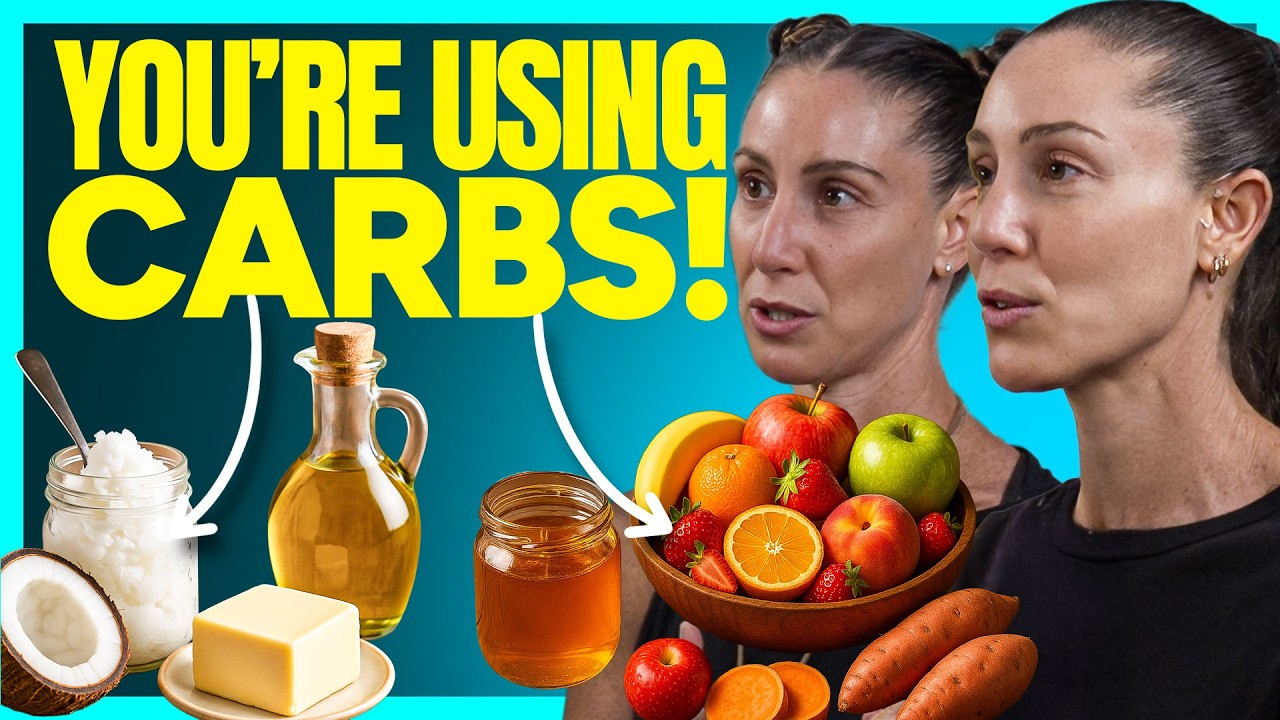- Understanding fat metabolism versus carb metabolism.
- Indicators of fat burning and how to detect them.
- The role of insulin and metabolic flexibility.
- Common misconceptions and their clarifications.
- Practical tips for optimizing fat burning.
Knowing how your body burns fat instead of carbohydrates involves a deep understanding of metabolism and the metabolic shifts that occur in various physiological states. These shifts have significant implications for diet, exercise, and overall health. Dr. Merav and Michal Mor explore this through scientific explanations, helping individuals identify concrete ways to determine if they are indeed burning fat as their primary fuel source.
Understanding fat metabolism versus carb metabolism is fundamental. Our bodies use two main energy sources: carbohydrates and fats. Carbohydrates are often the first line of energy due to their quick conversion into glucose, which is readily used by the body. In contrast, fat metabolism involves breaking down triglycerides into fatty acids and glycerol, which are then utilized for energy. This process is slower but provides a more sustained energy release. Transitioning from carb burning to fat burning often indicates increased metabolic efficiency and is associated with several benefits, including improved endurance and better blood sugar control.
Indicators of fat burning can be measured and observed in various ways. One key indicator is the respiratory exchange ratio (RER), which measures the ratio of carbon dioxide produced to oxygen consumed. A lower RER indicates a higher rate of fat metabolism. Additionally, physical symptoms such as decreased hunger, stable energy levels, and improvements in body composition can suggest fat burning. Blood tests measuring ketone levels can also serve as a direct method to determine if your body is in a state of ketosis, a state where fat is predominantly used for energy.
The role of insulin and metabolic flexibility is crucial in the shift between burning carbs and fats. Insulin is a hormone that plays a pivotal role in regulating carbohydrate and fat metabolism. When carbohydrate intake is high, insulin levels rise, promoting glucose utilization and storage. Conversely, low insulin levels encourage the breakdown of fats as the primary energy source. Metabolic flexibility refers to the body’s ability to efficiently switch between fuel sources depending on availability and demand. Enhancing metabolic flexibility can improve exercise performance and aid in weight management.
Common misconceptions about fat burning abound, often clouding the understanding necessary for optimizing metabolism. A prevalent myth is that fat burning equates directly to weight loss, though it’s more complex. While burning fat can contribute to weight reduction, overall caloric balance and hormonal factors also play significant roles. Another misconception is the belief that a high-fat diet automatically enhances fat burning. While low-carb, high-fat diets can shift the body’s fuel preference, individual variance in metabolic response necessitates a personalized approach.
Practical tips for optimizing fat burning involve strategic dietary and lifestyle changes. Incorporating intermittent fasting can trigger fat metabolism by lowering insulin levels and enhancing ketone production. Regular physical activity, particularly aerobic exercise, promotes a higher rate of fat oxidation. Strength training can also be beneficial as it improves muscle mass, which increases resting energy expenditure. Monitoring carbohydrate intake and choosing complex carbs can further support metabolic health.
These collective insights provide a roadmap for anyone interested in understanding and controlling their metabolic state. By focusing on the indicators and mechanisms underpinning fat burning, individuals can make informed dietary and exercise choices to foster metabolic resilience and health.
*****
Source Description
Thanks to Lumen for sponsoring! Go to http://lumen.me/delauer to get 15% off today!
This video does contain a paid partnership with a brand that helps to support this channel. It is because of brands like this that we are able to provide the content that we do for free.
Click HERE to Subscribe: https://www.youtube.com/c/ThomasDeLauerOfficial?sub_confirmation=1
Please check out the new Shorts channel, DeLauer Clips and Workouts, here: https://www.youtube.com/channel/UCQPQImPsw74KhO0Zy2-leyA/videos
Please Subscribe to my Email Newsletter Here: https://www.thomasdelauer.com/life-optimization-tactics/
Follow More of My Daily Life on Instagram: http://www.Instagram.com/ThomasDeLauer
Timestamps ⏱
0:00 – Intro
0:53 – Burning Fat vs Burning Carbs
3:31 – Measuring the Type of Fuel Your Body is Using
9:42 – Byproduct Produced Through Beta Oxidation
11:24 – Why More Carbon Dioxide is Produced on Keto
14:20 – Improving the Body’s Ability to Utilize Fat
18:07 – FatMax Threshold
23:57 – Factors That Affect Metabolism
26:35 – Poor Sleep & Carb vs Fat Metabolism
28:39 – When to do Cardio vs Resistance Training
30:45 – Post-Exercise Oxygen Consumption
37:36 – Carbs & Parasympathetic Tone
40:50 – Enjoying Carbs
43:25 – Carbs for Sleep
46:25 – MCT Oil When Not in a Ketogenic State
51:10 – How to Know If You’re Burning Fat vs Carbs
1:00:44 – Lumen

